13 Seeds You Should Never Start Indoors
Starting seeds indoors is viable and productive. It gives seedlings a jumpstart on the growing season as we move them outdoors in warmer temperatures. But not all seeds are best for indoor sowing. As we plan our spring gardens, explore which seeds not to start inside this winter with gardening expert Katherine Rowe.
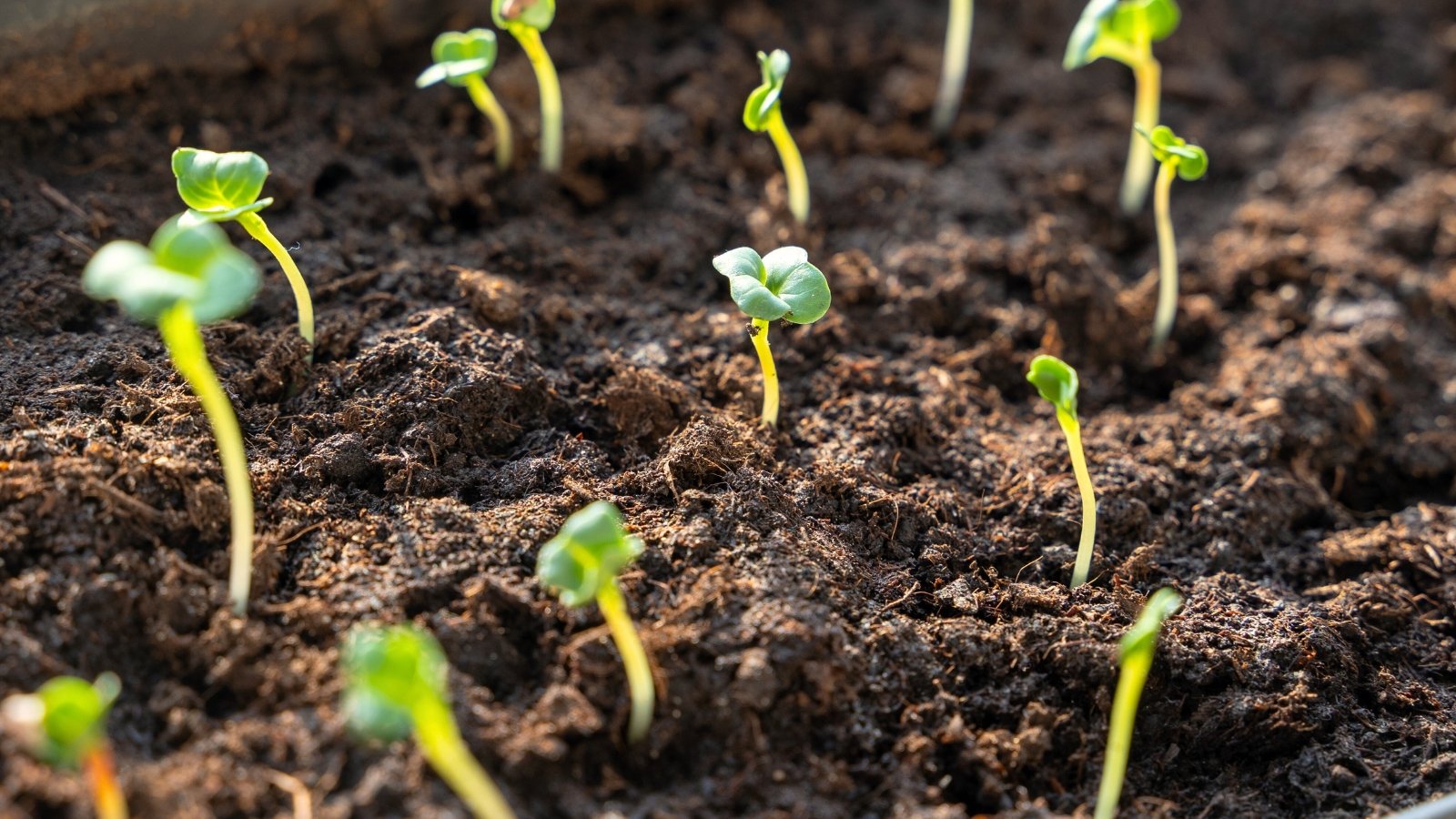
Contents
Starting seeds indoors is a productive way to give seedlings a headstart for transplanting as temperatures warm. Those started early develop roots and leafy upper growth indoors for a quick takeoff toward flowering and fruiting when they move outside. Indoor seed starting is fit for plants with lengthy germination times that need late-season warm temperatures and transplant easily.
However, some seeds perform best by direct sowing, and should never be sown indoors. Those that develop long tap roots are often sensitive to disturbance, resulting in a setback in growth and development at transplanting. The result may be stunted growth or misshapen fruits (negating our reason for starting them early). Others grow quickly in a single season, making them best for direct planting rather than taking up valuable time and indoor space and subjecting them to various conditions.
Part of the fun of gardening is experimenting with what works in our own systems and gardens. You may have great luck starting seeds of all kinds indoors with successful transplanting. Our list saves resources (and delicate roots) with recommendations to sow in place. A good guideline is to check the seed packet of your variety for recommendations. Those not recommended to sow indoors will indicate it on the sowing instructions.
Poppies
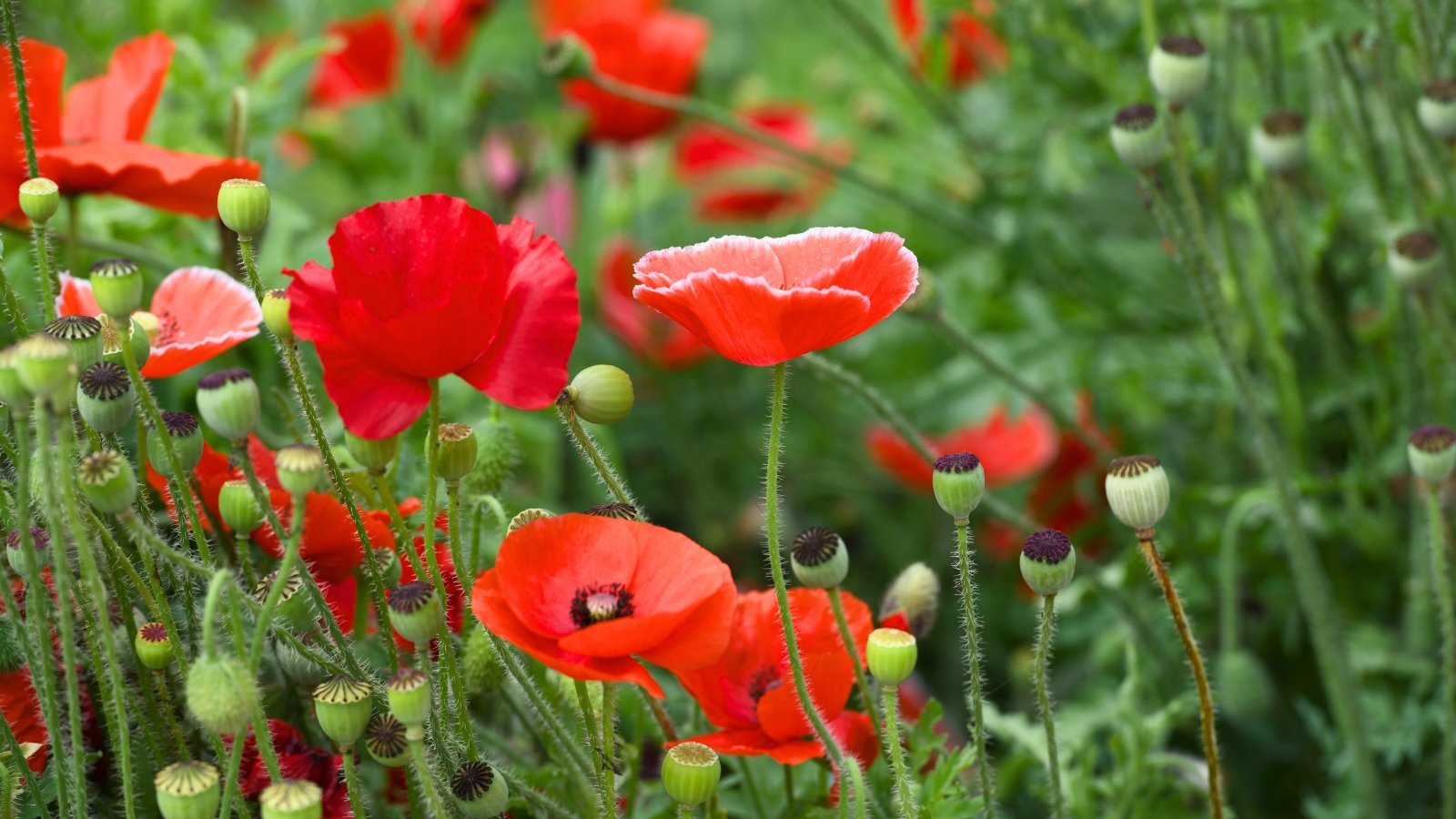
|
|
botanical name Papaver spp. |
|---|---|
|
|
sun requirements Full sun |
|
|
height 1-4’ |
|
|
hardiness zones 2-9 |
Poppies brighten in a wave of color with their tissuey petals and contrasting centers. They prefer cool weather and go dormant or die back in the heat of summer. The easy-to-grow bloomers are low-maintenance in moderate temperatures.
The iconic crimson P. rhoeas (Flanders or corn poppy) is an international symbol of remembrance. In 1915, Canadian soldier, physician, and poet John McCrae wrote the poem In Flanders Fields, as he fought in World War I. It references the poppies that grew wildly across the fields and gravesites of fallen soldiers. The American Legion adopted poppies as the official symbol of remembrance in 1920.
P. nudicale (Iceland poppy) and P. orientale (Oriental poppy) are popular species with a range of colors, including lovely pastel shades with papery blooms on wiry stems. Oriental poppies in crimson and scarlet with dark centers bear large flowers for a sweep of color en masse.
Sow seeds as soon as the soil is workable or four to six weeks before your final spring frost date. Or, direct sow them in the fall and winter to germinate and flower in the spring. As they grow and flower, deadhead spent blooms to prevent reseeding if you don’t want future pop-ups. To save seeds, let them dry on the stem before storing them for the next planting season.
Carrots
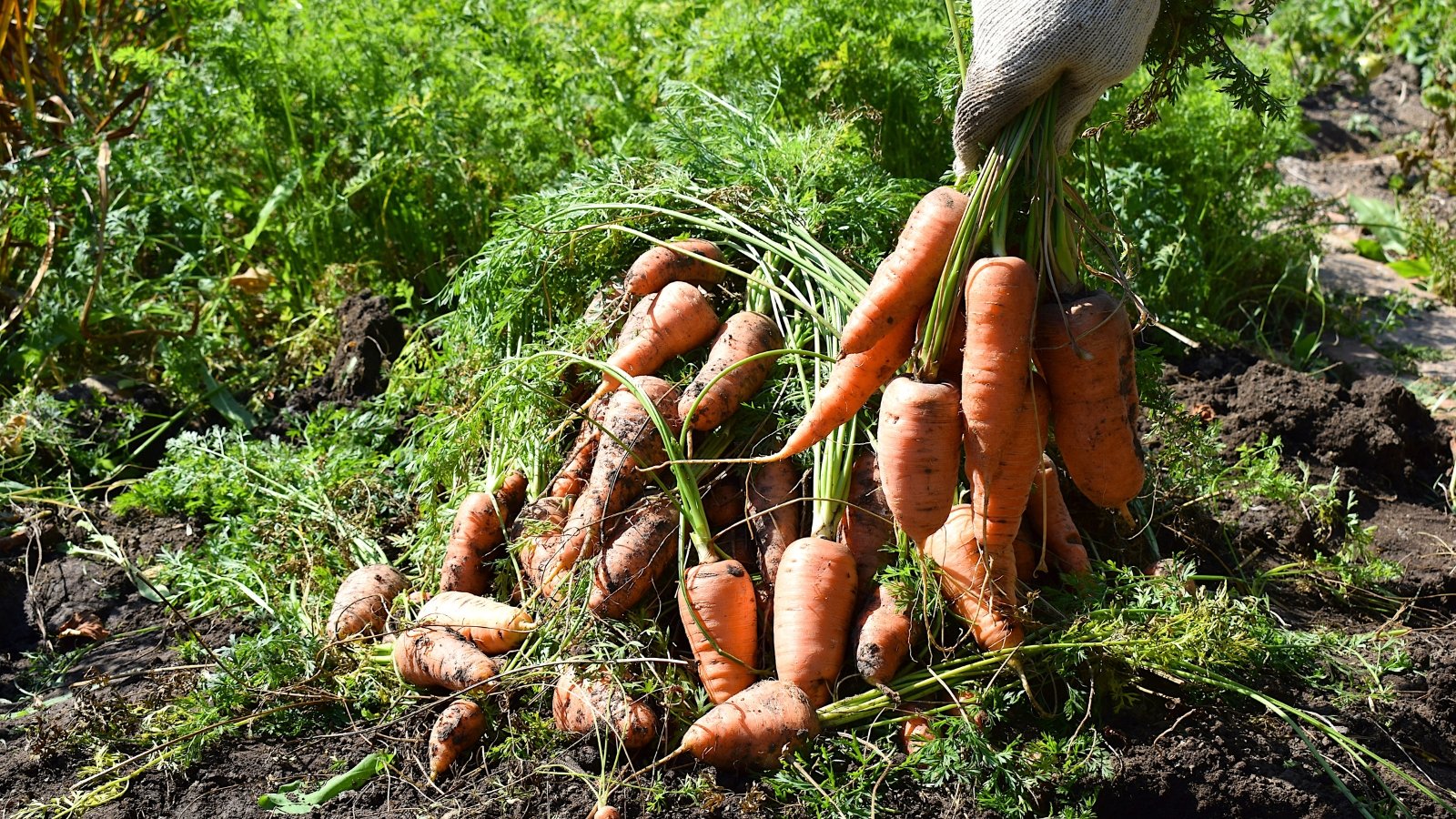
|
|
botanical name Daucus carota |
|---|---|
|
|
sun requirements Full sun |
|
|
height 1-2’ |
|
|
hardiness zones 3-10 |
Carrots are easy growers wherever you have space in the garden. They grow in the cool seasons of spring and fall and are heat-tolerant, able to withstand warm-to-cool transitions. As root vegetables, their taproot is our desired harvest. Sow these in place, where they develop undisturbed, to avoid misshapen carrots.
Scatter seeds on the soil surface and lightly spread the soil to ensure contact. Water them in and wait until autumn to harvest.
‘Shin Kuroda’ is a heat-tolerant variety with sturdy roots. The Japanese variety produces orange-red carrots that are five inches long and stout. A high moisture content gives them an exceptionally sweet flavor. ‘Shin Kuroda’ grows well in dense soils and develops in 75 days.
Nasturtium

|
|
botanical name Tropaeolum spp. |
|---|---|
|
|
sun requirements Full sun to partial shade |
|
|
height 1-20’ |
|
|
hardiness zones 10-12 |
Nasturtiums are trailing annuals with round leaves and large trumpet blooms that draw pollinators. Their soft habit makes them pretty in containers, vertical planters, hanging baskets, and trailing over a raised bed edge. From velvety purple-black to warm peach, with fresh green or variegated leaves, they complement edible and ornamental arrangements.
Nasturtiums flourish in mild temperatures and grow as houseplants year-round in a sunny spot. The edible leaves and flowers have a peppery, somewhat bitter taste but make a lovely garnish for salads and platters.
The annuals grow quickly from seed, and their roots are sensitive to transplant disturbance. If you start them indoors, a biodegradable pot that goes in the soil at planting may help reduce breakage. Note that these are invasive in some areas of North America.
Radish
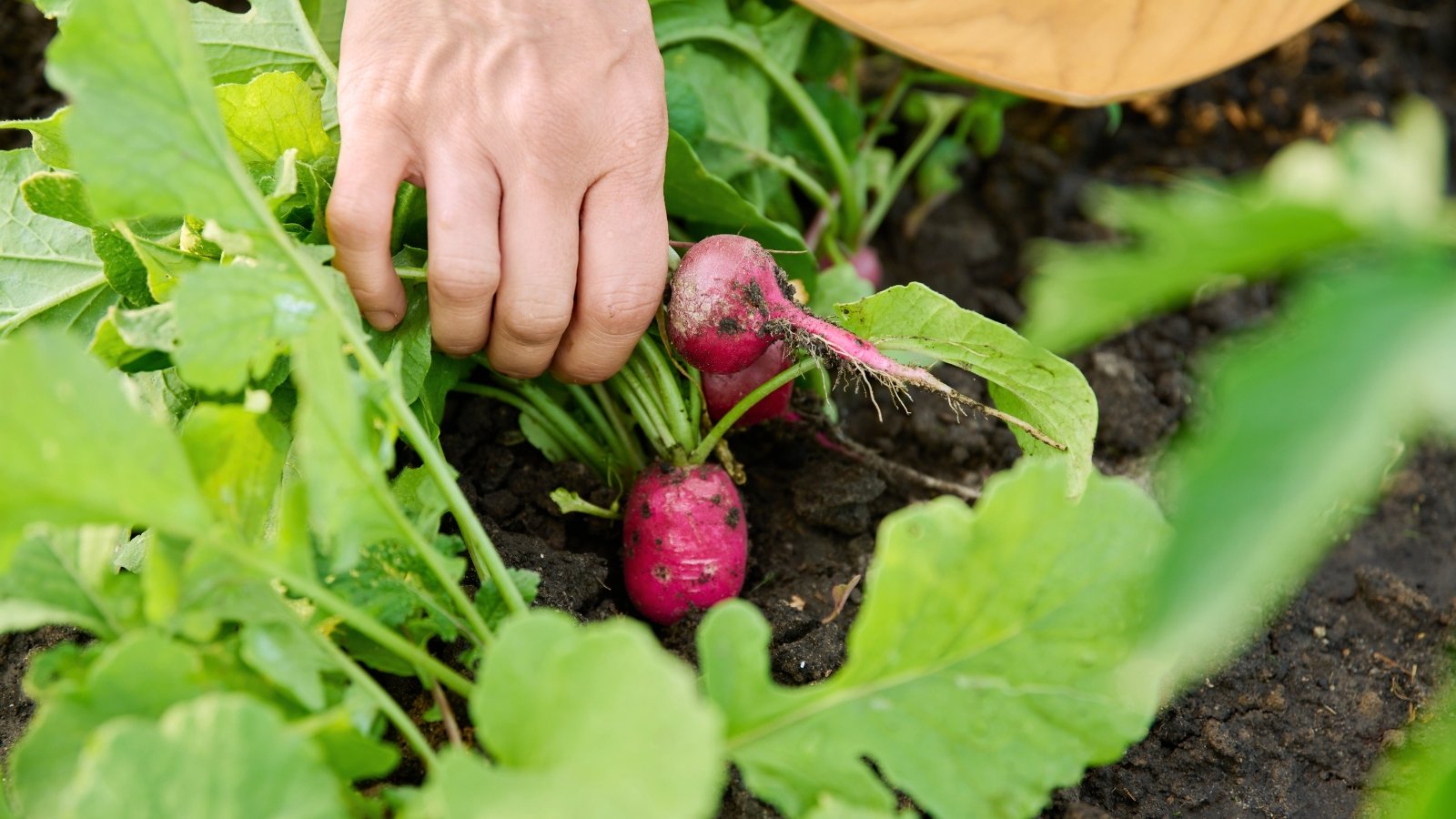
|
|
botanical name Raphanus sativus |
|---|---|
|
|
sun requirements Full sun to partial shade |
|
|
height 6”-36” |
|
|
hardiness zones 2-10 |
Radishes are fast-maturing and a good companion to carrots. Scatter both in the same patch for a complimentary planting that loosens the soil as the roots grow. Harvest the quick radishes before the carrots are ready, thinning the crop and aerating roots simultaneously.
Radishes are crisp, colorful rounds that develop in cool temperatures. Their compact stature makes them well-suited to raised beds and containers. If you have leftover seeds, sow them in bare beds to stabilize soils as a placeholding cover crop to lessen soil compaction and improve aeration.
‘Cherry Belle’ is a classic bright red radish with white flesh and a crisp flavor. These Holland heirlooms won the All-America Selections award in 1949 for their fast growth, easy care, and flavorful roots. Seeds can go in the ground several weeks before the average first frost date. Harvest the little belles when the roots are about 1’ in diameter.
Squash
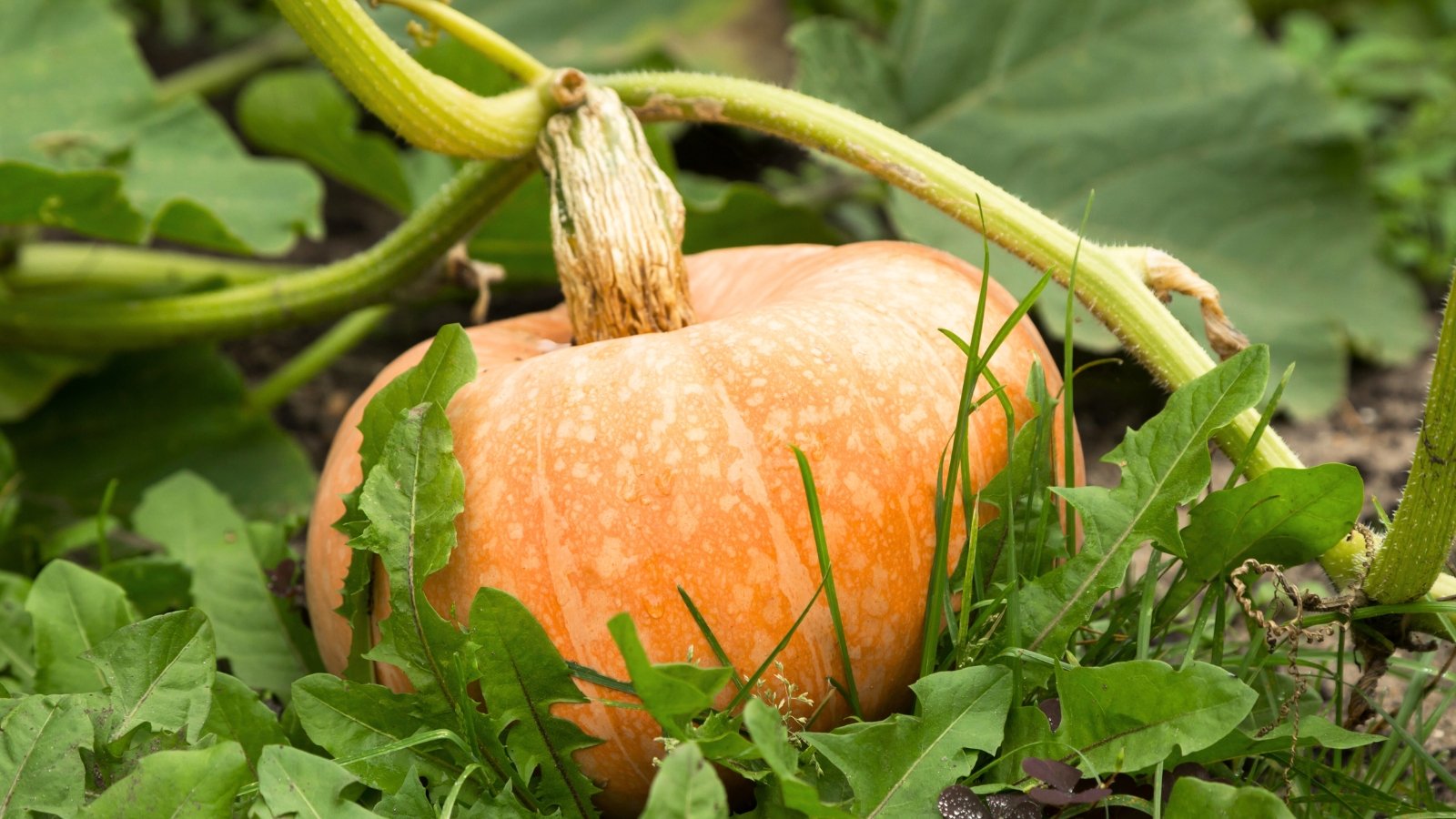
|
|
botanical name Cucurbita spp. |
|---|---|
|
|
sun requirements Full sun |
|
|
height 2-25’ |
|
|
hardiness zones 3-11 |
Both summer and winter squashes benefit from sowing in place outdoors. Whether bushy or vining, their roots are subject to breakage when young, leading to less support for vigorous upper growth.
Winter squashes, like butternuts and pumpkins, mature in late summer and fall, while summer squashes, like zucchini and pattypan, produce more quickly over the summer. Winter selections take longer to develop their hefty fruits with thick skins.
Easily grown from seed, plant squash one to two weeks after the final frost and when soil temperature warms above 70°F (21°C). In areas with short growing seasons only, try starting them indoors in biodegradable pots to allow time for development. Dwarf varieties may mature earlier and suit both small space gardens and those with a short growing season.
Corn
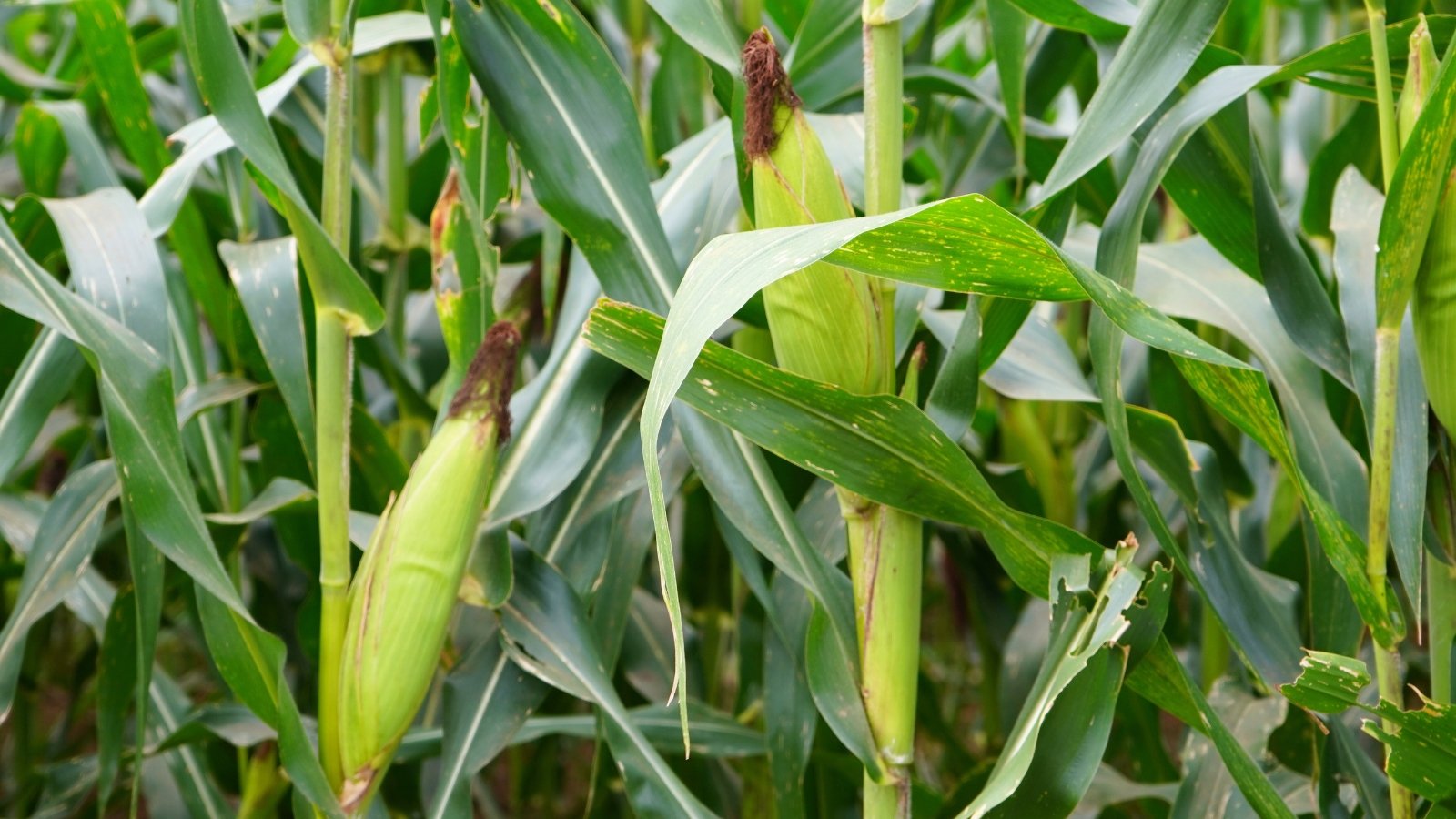
|
|
botanical name Zea mays |
|---|---|
|
|
sun requirements Full sun |
|
|
height 5-12’ |
|
|
hardiness zones 3-11 |
Corn is another vegetable with tender roots. Seeds germinate quickly, sprouting within 5 to 10 days. If transplanted within a week or two, roots may not suffer, but this doesn’t give a big advantage of time or resources over direct sowing.
Look for an early-maturing variety like ‘Golden Bantam,’ a sweet corn that tolerates cool spring soils. Direct sow it early in the season after the final frost when soil warms above 60°F (16°C).
A 1902 introduction, ‘Golden Bantam’ became the variety to beat. It bears sweet, yellow kernels – often with two sturdy ears – on five-foot stalks. This yellow corn was the first of its kind to be popular beyond its white-kerneled predecessors.
Bok Choy
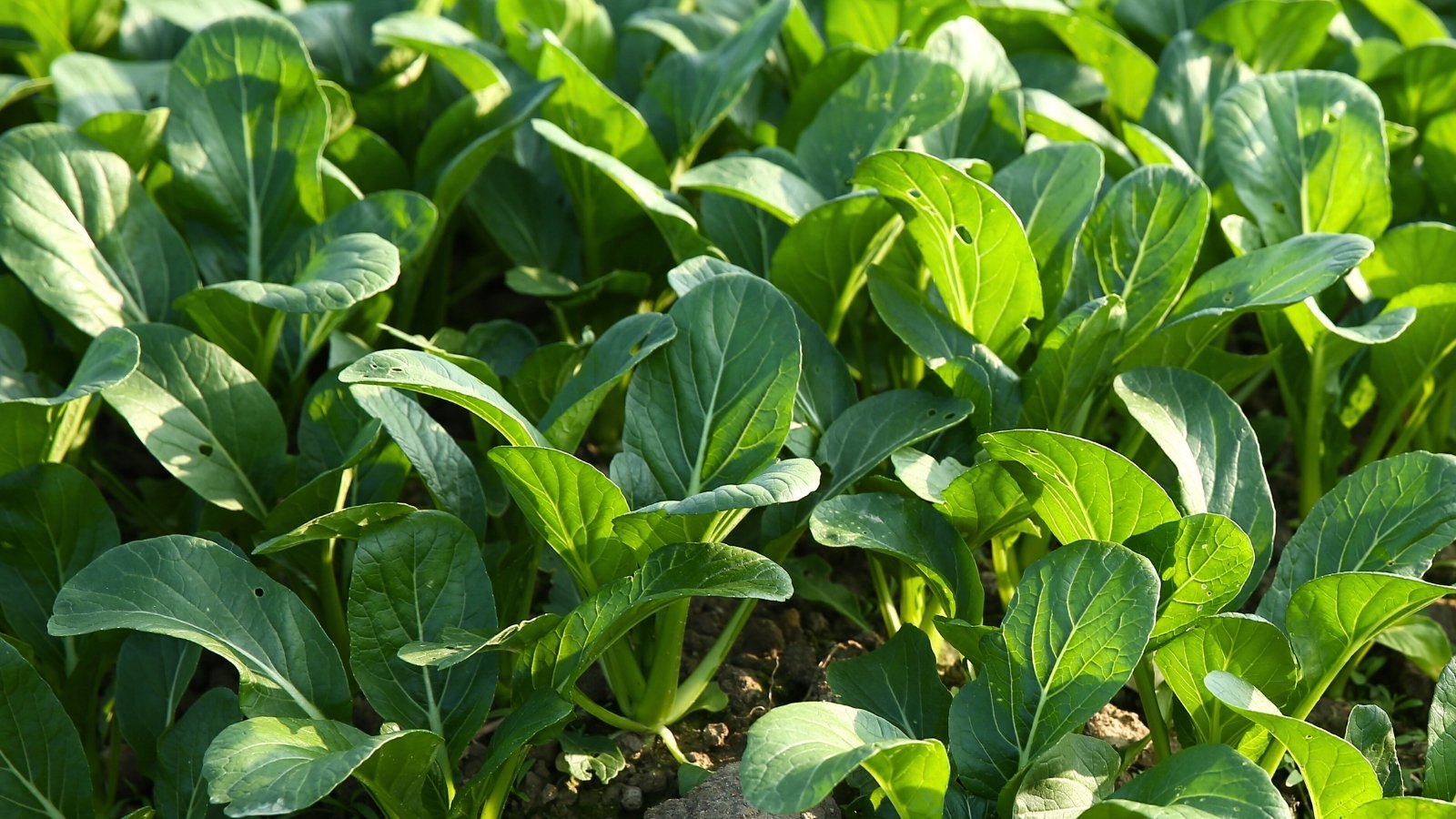
|
|
botanical name Brassica rapa subs. chinensis |
|---|---|
|
|
sun requirements Full sun to partial shade |
|
|
height 6-24” |
|
|
hardiness zones 2-11 |
Bok choy joins other leafy greens like spinach and lettuce in seeds not to sow indoors if you plan to move them outside. These are all fast-growing, emerging quickly after seeding. If you plan to keep them growing indoors for a ready harvest on the kitchen counter, go ahead and sow them indoors in their permanent container.
Also called pak choi, the Asian green is a mild, sweet, tender cabbage with centuries of history in cuisine. The nutrient-rich leaves are ideal for spring seeding and a later round in late summer/early fall as weather cools.
Dwarf cultivars like ‘Toy Choy’ and ‘Baby Choi’ mature quickly and have a compact habit. Small selections are often more heat and frost-tolerant, making them good options during weather fluctuations. ‘Toy Choy’ is a miniature that reaches only five inches tall in just under a month. ‘Baby Choi’ matures in 35 to 60 days and reaches 20 inches tall, but pick it small and early for tender greens with crisp white stems.
Beets
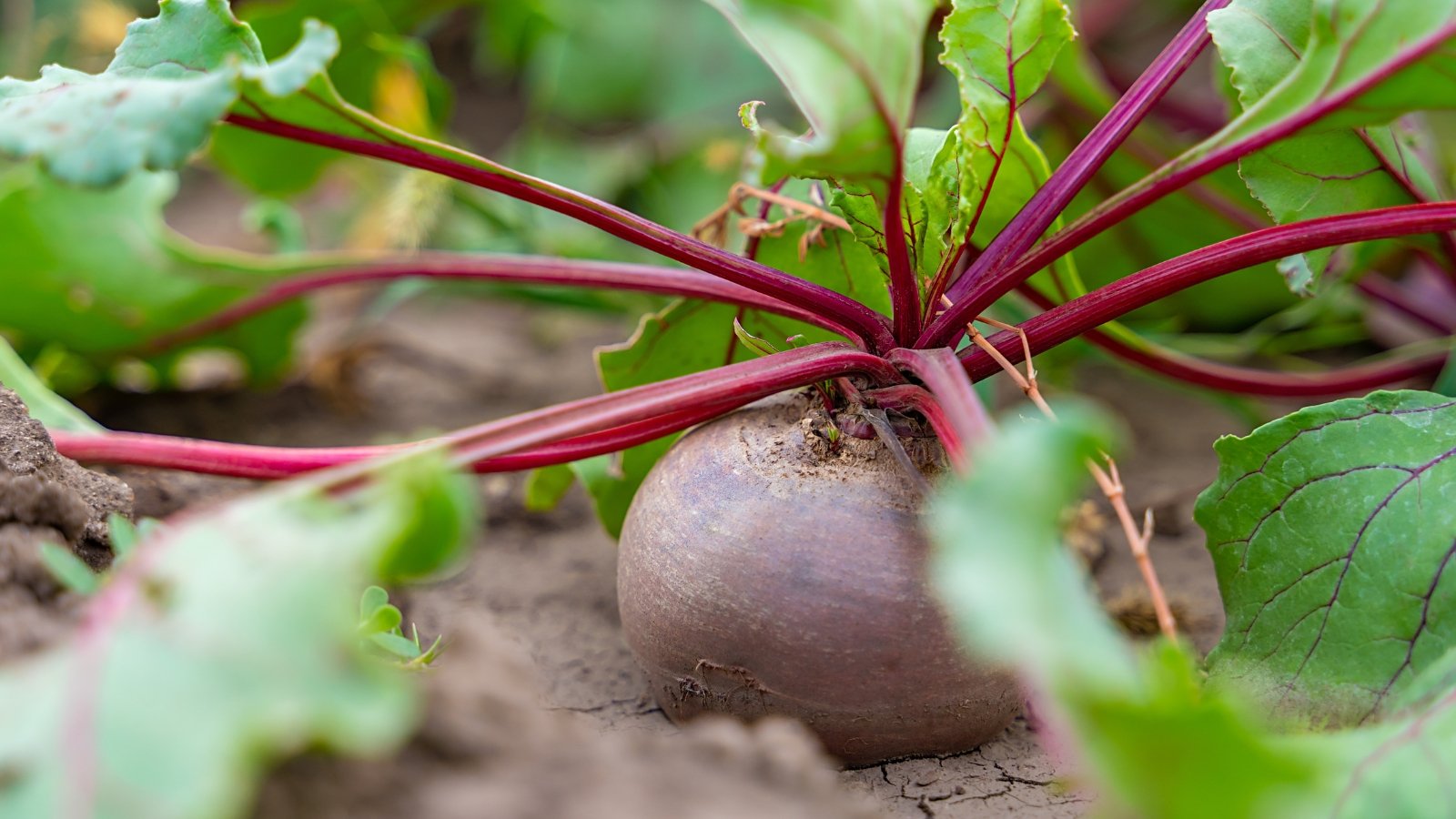
|
|
botanical name Beta vulgaris |
|---|---|
|
|
sun requirements Full sun |
|
|
height 1-2’ |
|
|
hardiness zones 2-11 |
Like radishes, beets not only provide nutrition as a root vegetable but aerate soils with their bulbous taproots as they grow. Sowing indoors and disturbing roots while transplanting has potential to delay maturity.
Sow beets in spring a few weeks before the last frost, with soils at least 45°F (7°C). For a fall harvest, plant them six to eight weeks before the first frost date.
Baby beets are ready early and are versatile in containers, raised beds, and cuisine. ‘Robin’ yields bunches of small, deep red, two-inch globes. Harvesting begins at 45 days. ‘Golden Boy’ in sunny golden orange has a mild, sweet flavor and is best harvested young. The uniform globes mature in 45 to 60 days.
Bush Beans
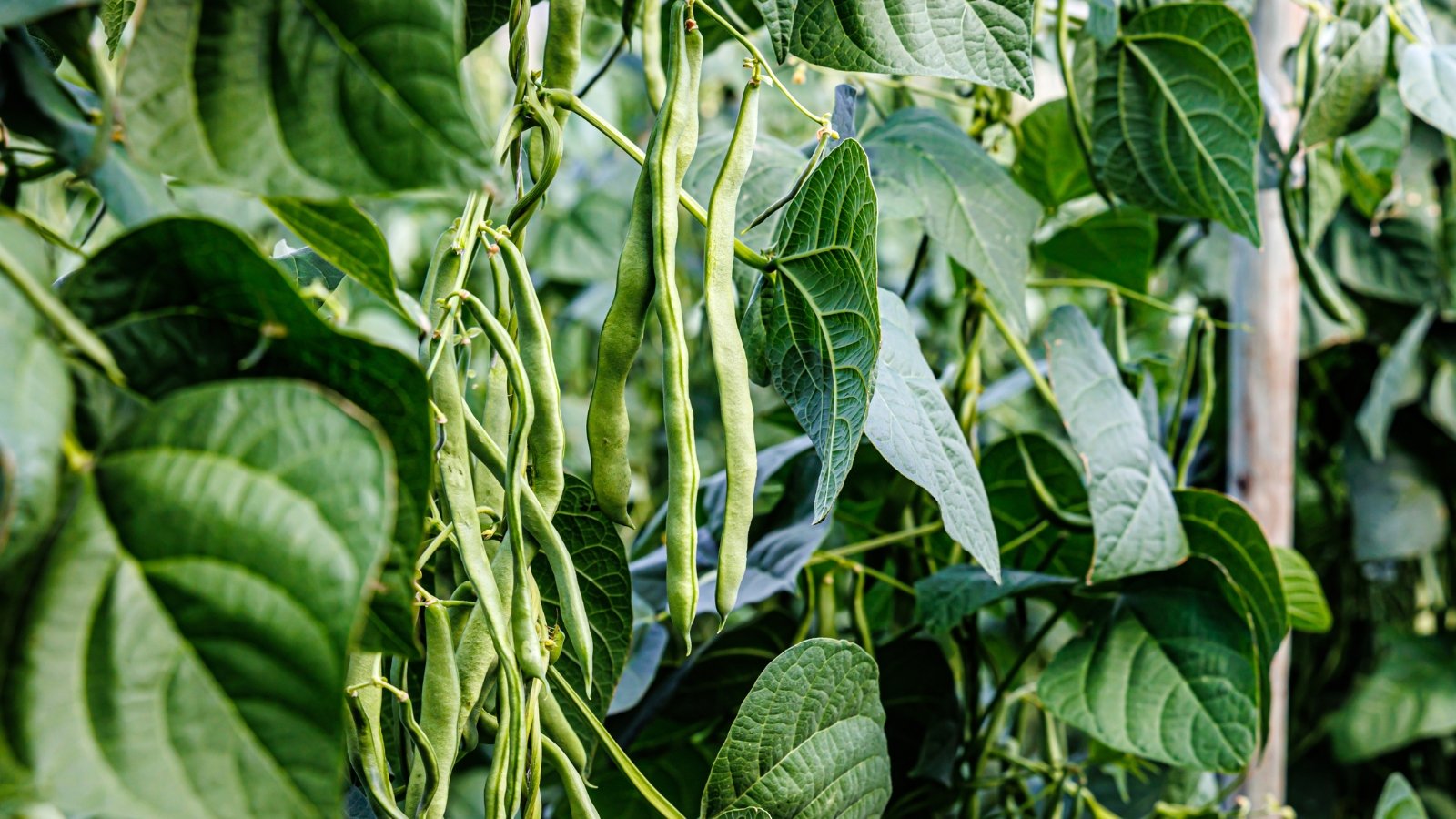
|
|
botanical name Phaseolus vulgaris |
|---|---|
|
|
sun requirements Full sun |
|
|
height 2-3’ |
|
|
hardiness zones 2-11 |
Bush beans have a delicate root system and are best direct-sown with adequate spacing for air circulation. They span warm and cool fluctuations and mature in about 50 days. Harvesting the pods regularly keeps them producing more.
French green beans like ‘Maxibel Filet’ are long and slender in the tender French style. The full-length lean beans are stringless and grow six to eight inches. ‘Contender’ is another favorite stringless that tolerates heat and resists diseases like powdery mildew.
Bush beans thrive in mild conditions with summer temperatures below 90°F (32°C). In these conditions, successive plantings every week or two continue the harvest. Spring and fall sowing is best for hot climates.
Cucumber
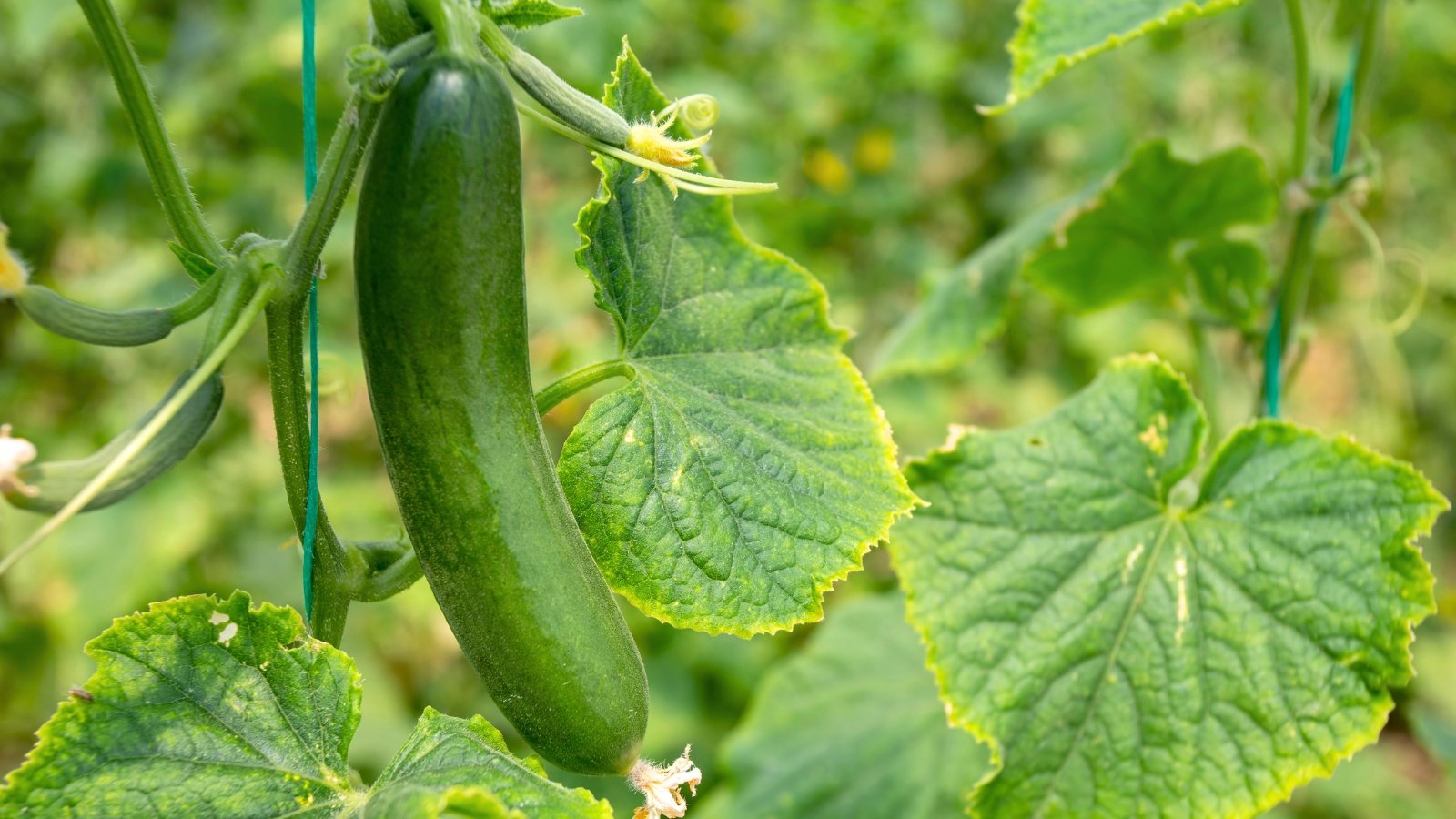
|
|
botanical name Cucumis sativus |
|---|---|
|
|
sun requirements Full sun |
|
|
height 3-6’ |
|
|
hardiness zones 2-11 |
You can start cucumbers indoors a couple of weeks before the first frost, but with tender roots, opt for biodegradable pots. Otherwise, wait until two weeks after the frost or when soil temps are at least 60°F or 16°C (ideally 70°F or 21°C and above).
Dwarf varieties save space while producing sizeable yields on compact vines. ‘Quck Snack’ produces small fruits in six to eight-inch pots. Grow them indoors or out by sowing them directly in the full-sized pots. ‘Spacemaster’ is best picked small and doesn’t take up very much growing room with short, two to three-foot vines.
Heirloom cucumbers bring variety and history to the edible landscape. ‘White Wonder’ is an 1893 heirloom heirloom that starts a bright, pale green and matures to ivory white. The vines are fast-growing and heat-tolerant. ‘Lemon’ from 1894 bears lemon-sized fruits in sunny yellow with a crisp, light flavor. Burpless and not bitter, bite into these round cucumbers like an apple right off the vine or use them for fresh slicing or pickling.
Snap Peas

|
|
botanical name Pisum sativum |
|---|---|
|
|
sun requirements Full sun |
|
|
height 2-10’ |
|
|
hardiness zones 2-11 |
Snap peas add vertical interest on a trellis or arch and burst of sweet flavor fresh from the vine. Snap them as you stroll the garden or use them in salads, stir-fries, or steamed. In spring, place seeds directly at the base of a growing structure before the final frost (with soils 40°F or 4°C and warmer). For a fall sowing, plant them 10 to 12 weeks before your anticipated first frost.
‘Sugar Daddy’ is a compact grower at two to three feet high. Ideal for small spaces, it grows well in a container and needs only a small trellis or fence for support. The sweet pods are stringless on short vines with improved disease resistance. Slender, deep green, three-inch pods are ready in about 60 days.
‘Sugar Magnolia’ is another favorite with purple flowers and pea pods. Its tall, vigorous vines grow six to seven feet and need a large trellis or an A-frame.
Turnips
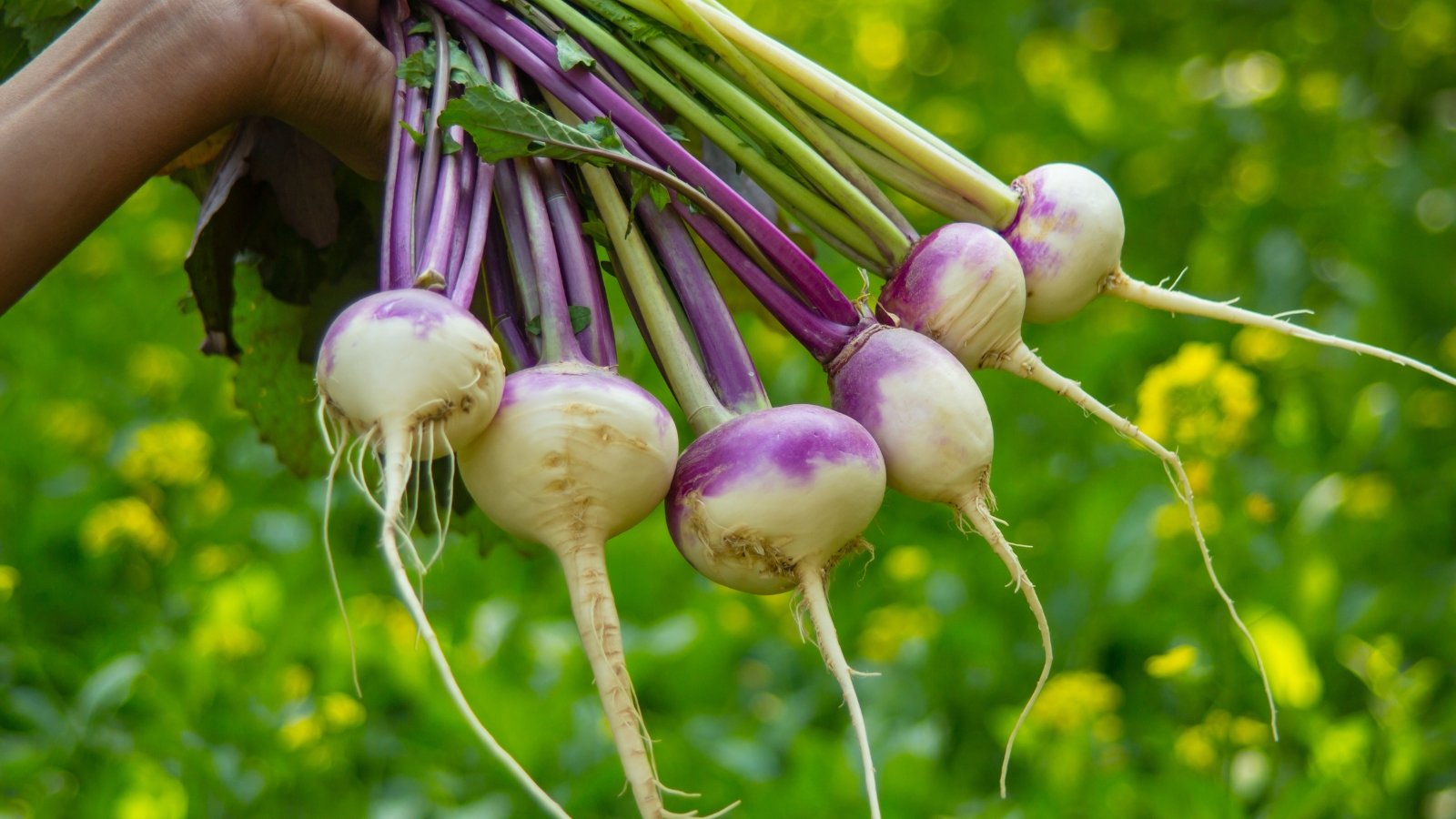
|
|
botanical name Brassica rapa var. rapa |
|---|---|
|
|
sun requirements Full sun to partial shade |
|
|
height 12-15” |
|
|
hardiness zones 2-11 |
Turnips make an easy companion to beets and join them as a nutrition-packed root vegetable. Centuries-old, they’re a hearty stand-in for potatoes. The vitamin-packed greens are edible, too, and they grow well in the ground, containers, and raised beds.
‘White Lady’ is a baby salad turnip with sweet, smooth white skins. Pick them early, at 30 days, for two-inch roots. Enjoy them fresh or toss them in stir-fries.
‘Purple Top White Globe’ adds interest with purple shoulders above the soil level and creamy white below. The roots reach two to six inches, depending on picking time (about 50 days). Use them mashed, roasted, as fries, or for fresh eating.
Larkspur
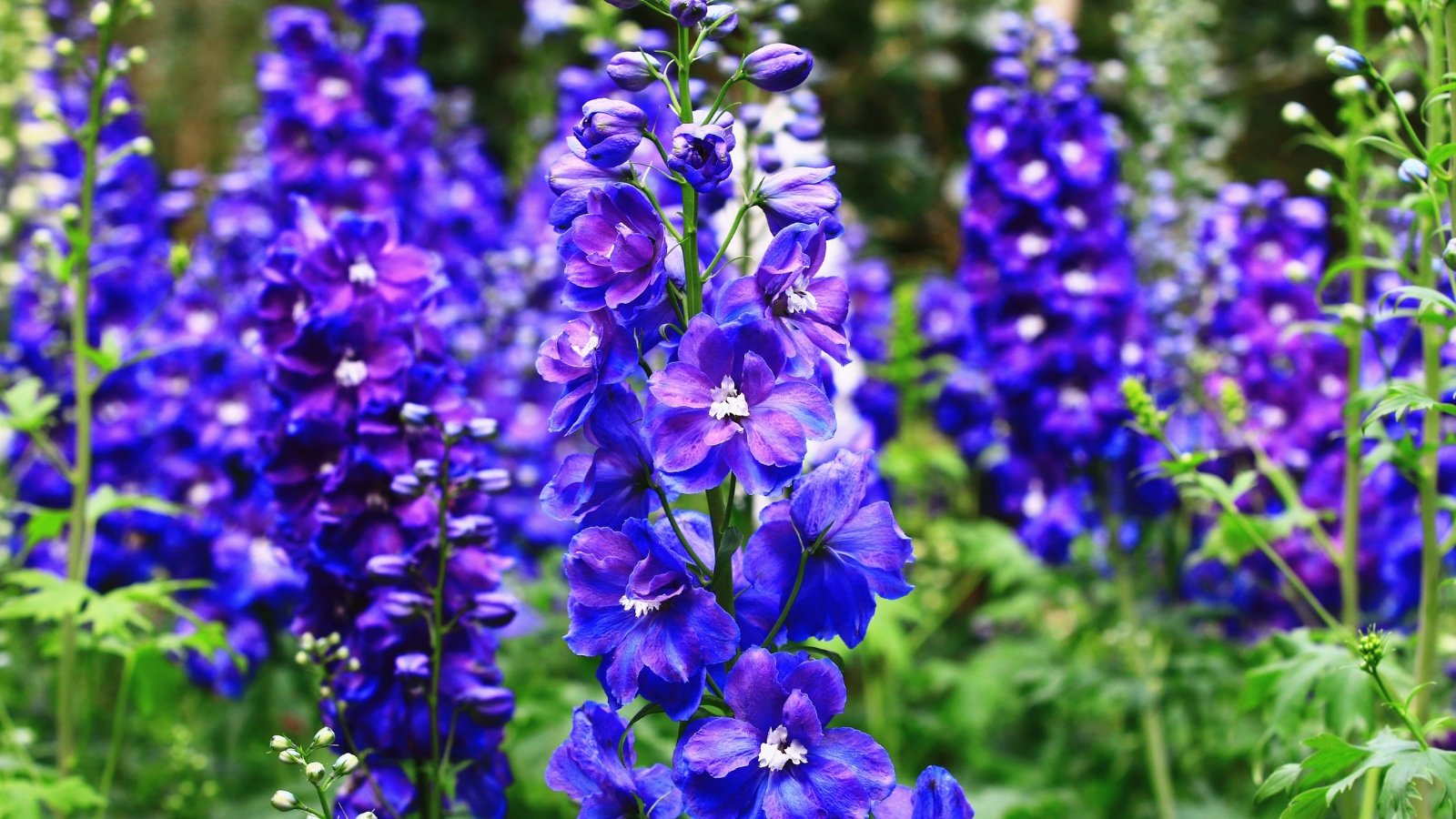
|
|
botanical name Delphinium spp. |
|---|---|
|
|
sun requirements Full sun |
|
|
height 1-3’ |
|
|
hardiness zones 3-9 |
Larkspur is a blooming perennial with large, deep blue bell flowers on tall stems. These stand out in the back of the border in climates with mild summers.
Because they don’t transplant well, it’s best to sow them outdoors four to six weeks before frost or when soils are workable. Winter sowing is another option. If you start them indoors or in winterized containers, use a pulp pot to minimize shock at planting.
In warm climates, larkspur dies back in the summer heat. It needs moist and well-draining soils, as they’re susceptible to crown rot and powdery mildew if conditions are too damp.












